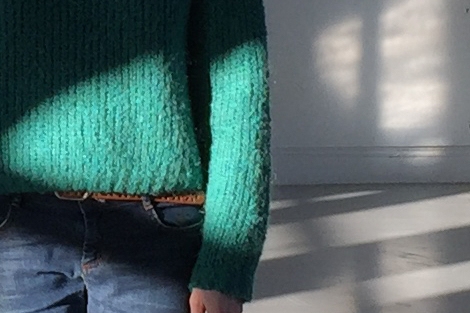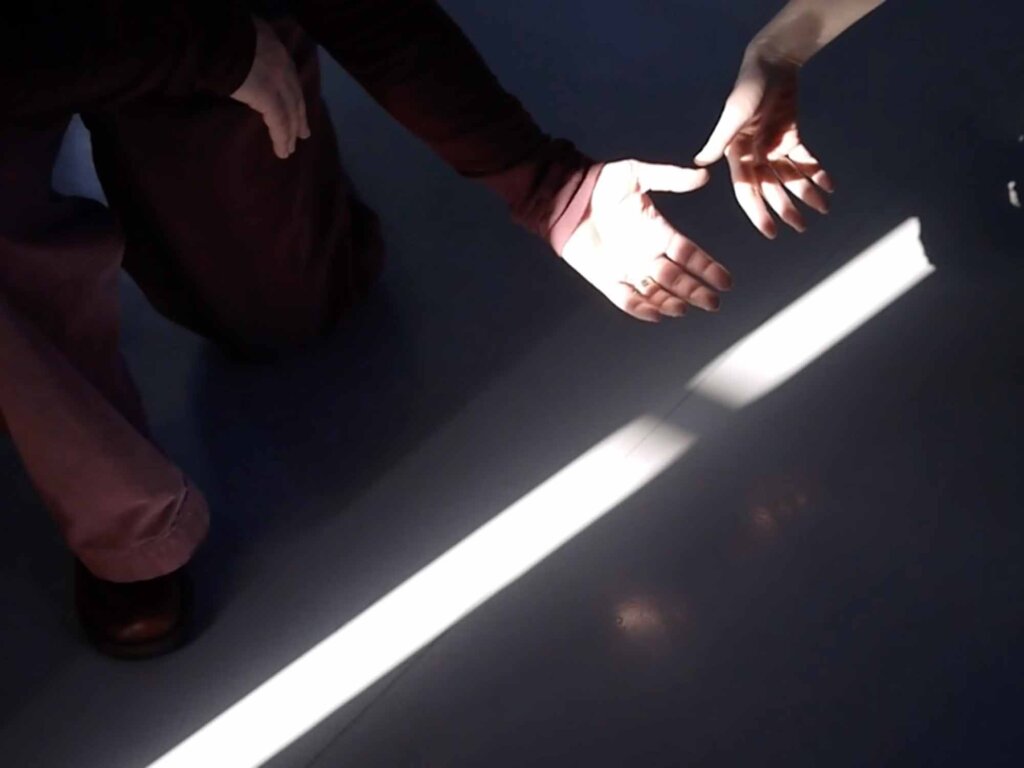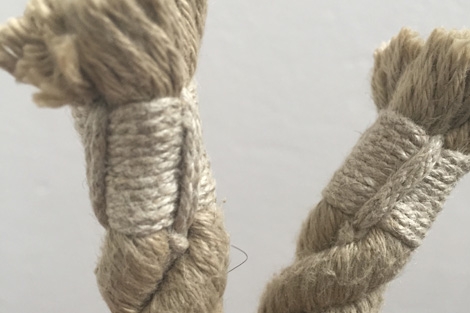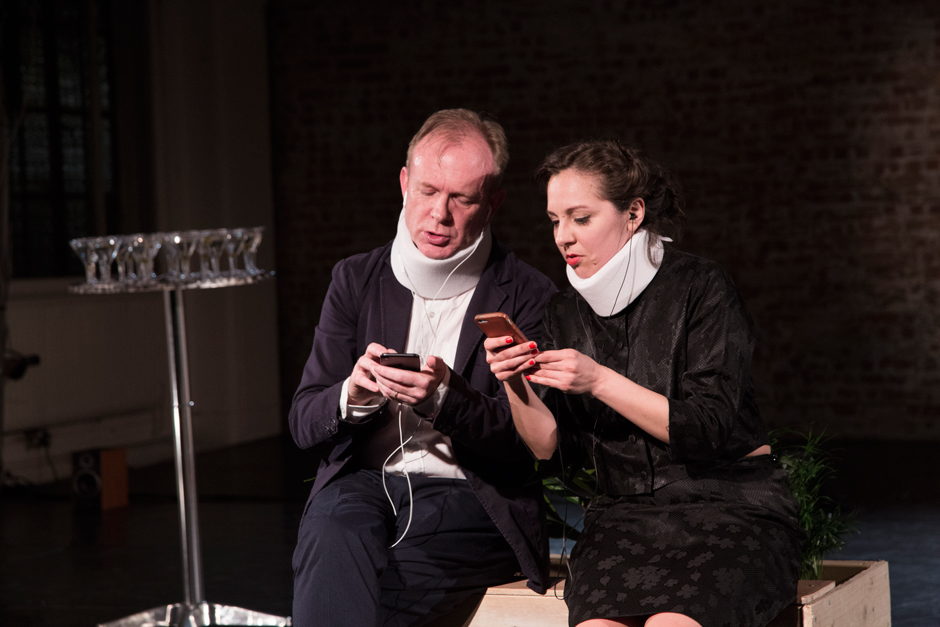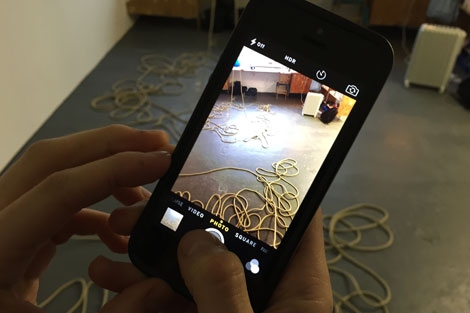(Notes following a residency with Lucy Cash at the University of Roehampton, Department of Drama, Theatre and Performance; week commencing 16 February 2015. For more context to this residency, see here)
You make a seal with an individual or a series of individuals and this seal creates an involuntary contract which writes itself according to the chemistry between you.
As you work together in a studio as we have, you sense and test what the rules of this contract are. you discover what is possible and the further you test, the more you learn about what is possible.
In this way the working arrangement is much like a particular view of fate or the possibilities that life at large presents. There are a constellation of prefigurations but there is also a set of variables and those rely on how you manage to use what is there practically and emotionally and magically in front of you.
On the first day in this 5-day studio residency Lucy asked me what it was like to work with the different duet partners I’ve been working with. It was hard to say without setting up a model for Lucy—people can only be the way they are—I do find I am a different creature with different people, my palate of responses is calibrated to what I perceive in the action between us.
Lucy and I misunderstood each other several times about very fundamental parts of what we were doing. But taking the long view, our focus was on making material, these moments simply continued to propel us toward what we were aiming at. Like walking robots who are designed to walk via a series of stumbles and tumbles, thus surmounting the robot’s most difficult obstacle—the pitfalls of perambulation—we agree to consider the mental stumble, the thought stutters part of how we communicate with each other rather than a sign of its impossibility.
Normally we conceived or composed a performance directive and then followed it. As a result of something I said, Lucy produced this sequence in reverse. I performed an action and then she pronounced a directive. I was surprised. Surprised is good. There is potential in surprise.
I was thinking through the parts of the event and what built it—reverse engineering a moment in which water is spilled into a river on the floor as a product of the directive: “Using gravity, stick liquid to a surface.” In this case, the directive came after the action and reversed the direction of thought from my point of view. The confusion of intention and action and the mis-chronology offer alternate spectacles and lead to re-thinking the constituent parts of a cascading chain of events, the flow of details, the unblending of a mixture, the spread then of a tumult, now visible as separate parts with separate functions yet all as one in their natural state. A post-mortem only possible post-mortem.
Everything we had mentioned or focused on, acted upon us, even the incidental played a part in how we activated the ideas in the room. There was an abandoned water bottle in the room. I removed it only to retrieve it later when I needed a river. The students watching said: “you didn’t worry about the part that didn’t work, you just found another approach, you didn’t stop to dwell on that, you just kept going” — without stalling from the inertia of a failing plan we had changed tactics and, drawing from a chain of events set in motion by every single thing that had happened earlier that day, we carried on attempting to pull performance material into the here and now. We hadn’t noticed the switch and now the students were teaching us what we’d done.
How does one keep one’s head in the moment? Post-moment is all we seem to have. Moment is a gift to post-moment in the same way that everything I do is a gift to future-Karen and either sets future-Karen up well or not-so-well but is always a present in good faith.
But all is still not yet clear, even if I squint my eyes. From the vantage point of day’s end (of which we had five) this is now the moment when the light dies and the colours shed their names. And here now I wish to say that it became clear and then cloudy again; the material a creature which loomed and then slid back into the dark waters. I saw before its retreat, a possibility of the individual parts coming together to perform as colours do and then falling apart into something less than meaning. The creature not quite formed. Try again tomorrow. And yet contours were visible. An interdependent collection at a range of distances. A toll booth that adds up the proceeds, a voice that continues after the parade has passed. And if we continue working, the contours will stop slipping and eventually we will see through the fog to the performance taking shape in the clearing.
We read from a Bridget Riley interview: she says the colours and shapes participate in the event conceived by herself. We read from Jane Bennett’s book Vibrant Matter the assemblage of both intentional influence and the natural properties of materials conspire to create event and the equal participation of human intention and material action and interaction make a single voice or land on a surface together to present one layer of event at one particular point in time.
And we tell ourselves this: A performance directive is a way to contribute to (or create) a future conversation. By holding up a performance which releases thought when they look at it, activate the audience to release meaning.
Make a performance which suggests a constellation the viewer wishes to name.
A description of this project appears in Performances.
Image, the light on Lucy Cash, open studio residency. Photo: Karen Christopher.
